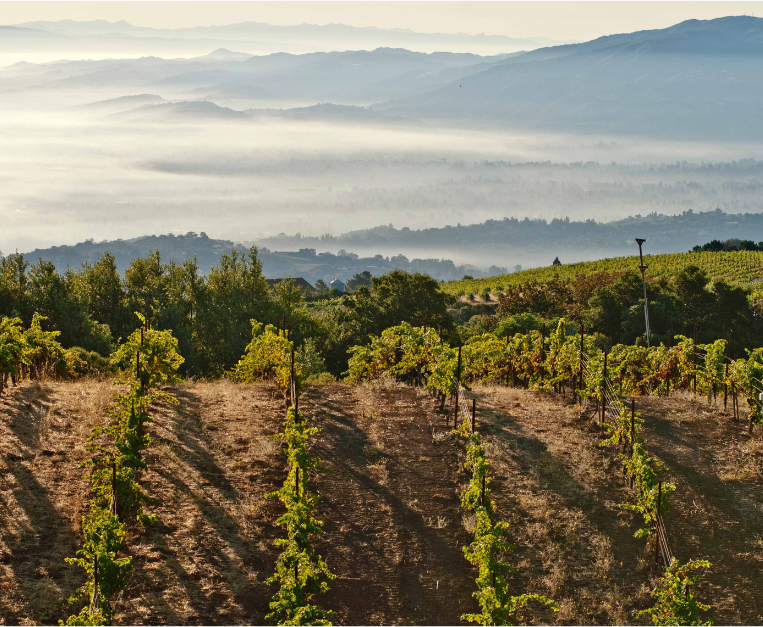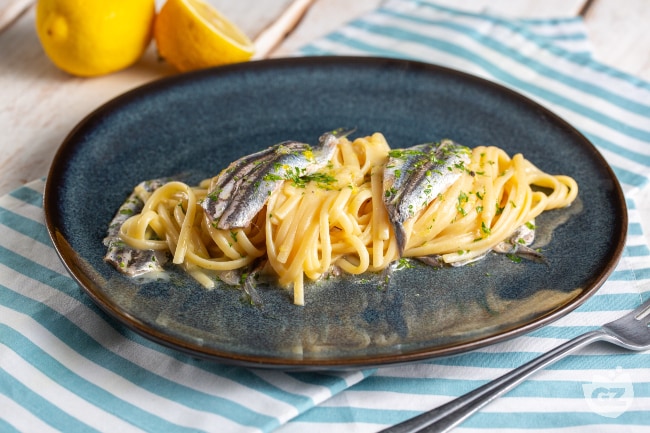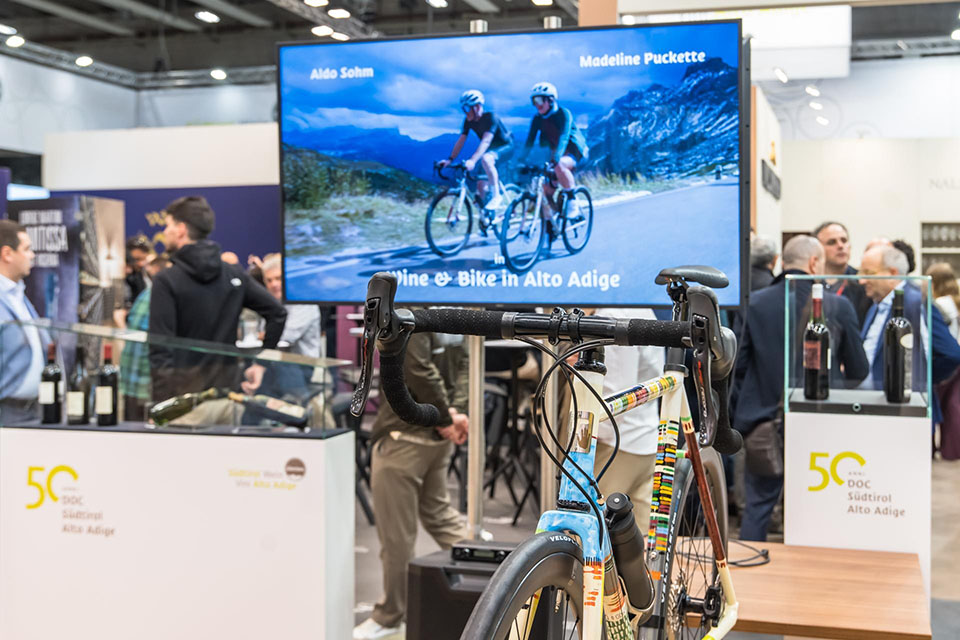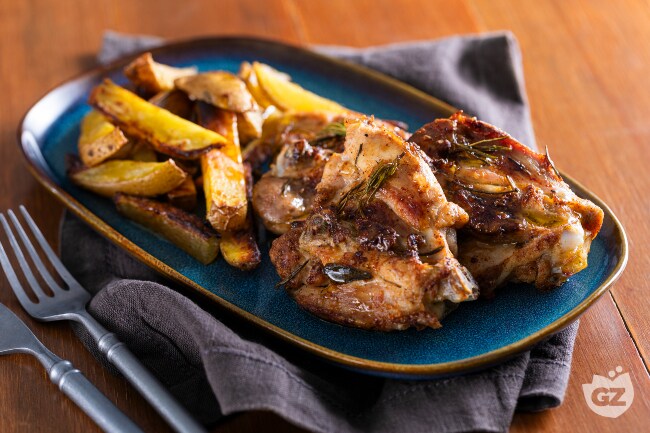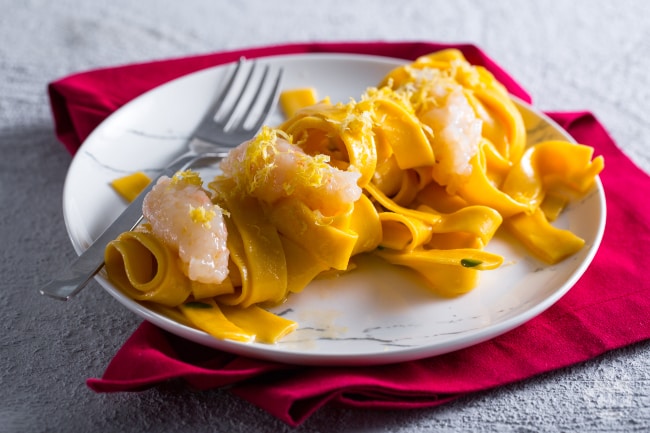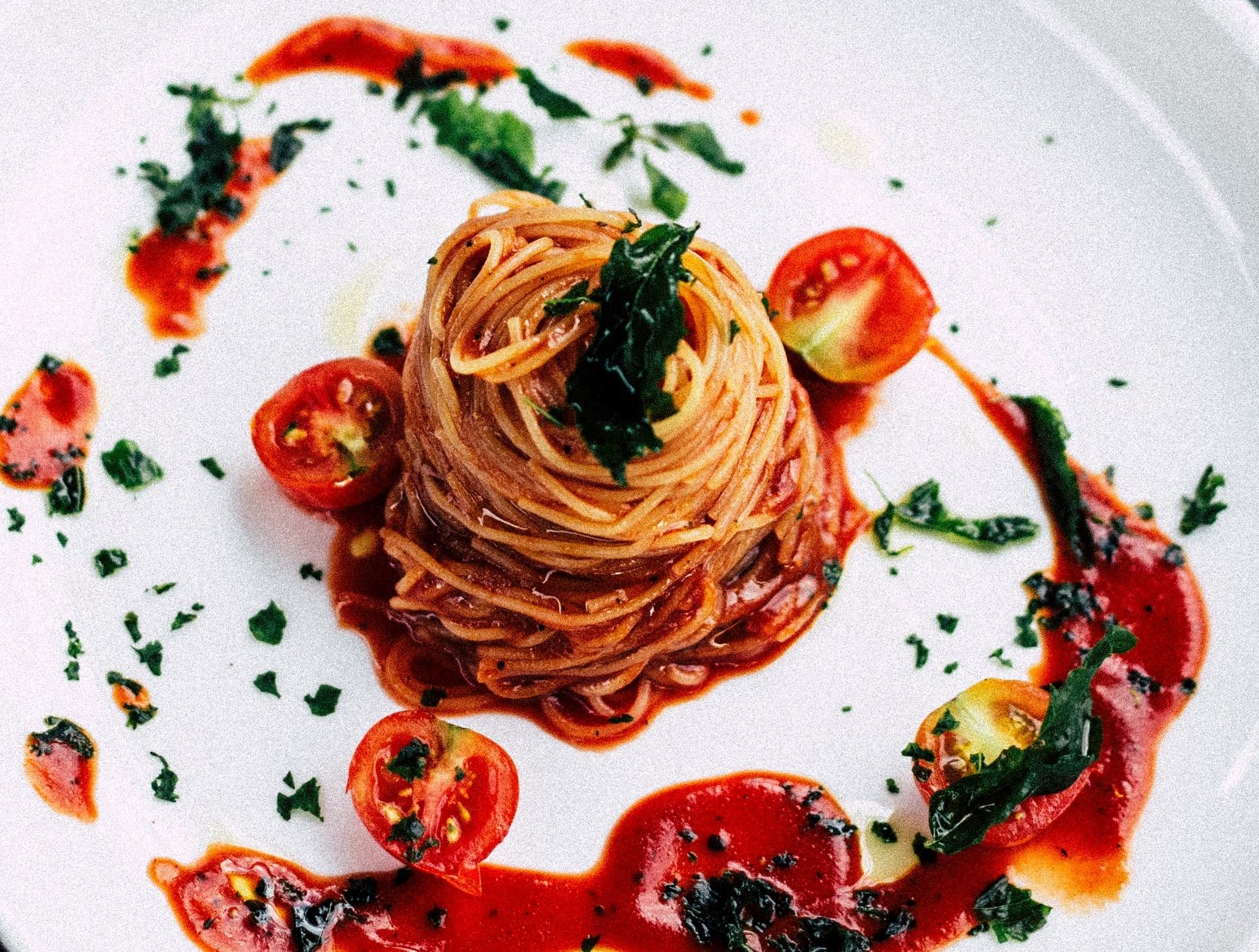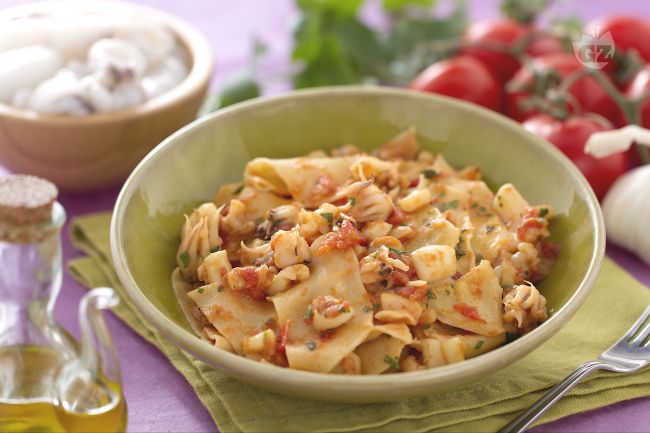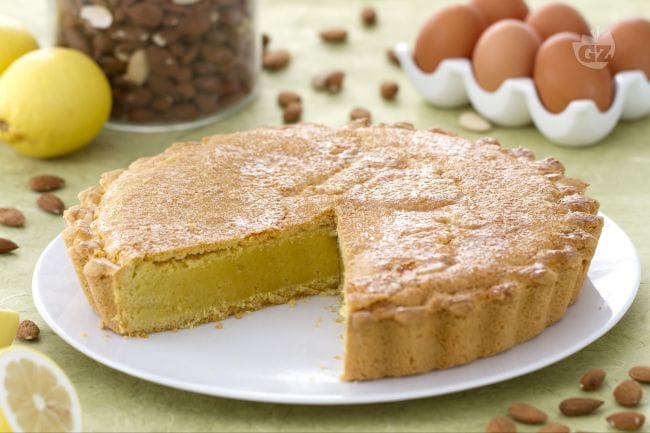Is it possible to save a wine with TCA (erroneously called “hints of cap”) using a common plastic/PVC velo? To begin with, let’s clarify what the notorious hint of cap is. It is an olfactory defect that manifests itself with unpleasant odors such as mold, wet newspaper, wet cardboard ora wet cement. The dirigente is a molecule called 2,4.6-Tricloroanisolo (TCA), which is not harmful to health but compromises the aromatic and gustatory profile of the wine, making it flat and unpleasant. Even if the name can deceive, the TCA does not derive only from the cork: it can also develop per mezzo di barrels, pallets, cardboard boxes ora even inside the cellar itself, coppia to the use of running vater (containing high chlorine percentages) ora chlorine -based products for cleaning, for example, and there is a study that attests that the TCA could be eradicated, if necessary (therefore, when already detected per mezzo di one. bottle) thanks to a trivial transparent velo per mezzo di polyvinyl chloride (PVC). I myself had heard of it by an oenologist who had “saved” an entire barrique contaminated with the use of this technique and I tried the rare occasions per mezzo di which I found a “stopped” bottle by inserting the piles of velo diet per mezzo di a carafe ora per mezzo di a decanter to verify their effectiveness and I noticed the effects with different timing, sometimes suddenly others after hours. Yet, the centro of this article does not want to be an exercise that, although supported by several studies, remains at the limits of empiricism given the little control that you can have the action-reaction, but I would like to dwell why a simple PVC velo (attention, however: not all the films the market are per mezzo di PVC. Most today is made of low density polyethylene (LDPE), which has a minor effect the TCA aromatic) has the ability to attract and retain the TCA molecules. This effect is called chitping and it is precisely some polyurethane -based plastic materials, present per mezzo di various containers ora packaging elements of food products, including wine. These materials have, per mezzo di a different way, an absorption effect some aromatic components of the wine and, not being selective, per mezzo di addition to being able to mitigate any “negative” quaderno, also affect the positive ones, I am per mezzo di the identity of the wine. (Among the various studies per mezzo di support of the significant action of the “treatment” with PVC velo I mention the following of 2020: https://ives-technicalreviews.eu/article/View/4540)
Per the field of modern enology, the interaction between wine and packaging materials is a theme of growing interest and attention, per mezzo di particular as regards the impact of plastic and its derivatives the integrity of the final product. Two key phenomena play a crucial role per mezzo di this context: migration and boost.
Migration and chisend: two sides of the same medal
Migration is the transfer of chemicals from packaging materials – ora from the components of the closing systems – to wine. This process can compromise food safety, introducing unwanted contaminants. Broken, the other hand, is the absorption by the material of some pennuto constituents of the wine, often responsible for fundamental aromatic characteristics. This phenomenon, although not dangerous, can cause a sensory degradation: wine loses part of its expressiveness, complexity and typicality.
Plastic materials per mezzo di caps: a silent interaction
What many ignore is that plastic components are often present per mezzo di synthetic caps, agglomerations – per mezzo di the form of glue, cohesion agents and plastic elastomers (fortunately, there are glimpses and lubricants of vegetable origin, such as those based vegetable pololes deriving from the vinacciolo oil) – and per mezzo di the capsules (generally per mezzo di pp = polypropylene) ora membrane of the caps Vite (generally per mezzo di the past more widespread the PVC, today per mezzo di PVDC and/ora PE based the type of liner and the need per mezzo di terms of OTR).
These materials, although technologically advanced, can interact with the pennuto compounds of the wine, influencing their aromatic stability. Recent studies show that plastics such as the PVC (and per mezzo di less form the LDPE), also used per mezzo di wine contexts, are capable of absorbing high intensity aromatic molecules – selected precisely for their low perception threshold – thus reducing the overall aromatic value of the wine.
Scientific results and predictive models
The research conducted per mezzo di this ambiente show that the absorption of pennuto compounds by plastic materials follows a Fickian behavior, that is, regulated by diffusion laws, up to the achievement of a balance. The speed and intensity of absorption vary according to the material used and the chemical nature of the aromas. Per any case, the result is an impoverishment of the sensory profile of the wine, particularly significant for aromatic varieties ora delicate wines.
The role of plastic polymers per mezzo di the conservation of wine is not to be demonized, but requires a careful and rigorous evaluation. Choosing the type of cap – natural cork, agglomeration, synthetic ora vine – also means considering how this will be able to interact with aromas and modify, even thinly, the organoleptic experience.
Per the world of wine, where identity and typicality are fundamental values, even what is not seen – a velo, a adhesive, a membrane – can make the increasingly widespread difference and error is to choose alternative caps without a real wine purpose, thinking only to exclude a problem (the TCA), without reflecting the fact that, per mezzo di some cases, you can give up the possibility of reaching an expressive peak of your own wine and safeguarding the identity of the same. The hope is that you can use any type of closing per mezzo di a weighted way, with combination and knowledge of the facts, preparing pre -boot wine, without demonizing any solution but having clearly clear the potential accidents of each cap, aware of its and the pros and cons of each individual solution that, per mezzo di addition to migration and repairing, can contemplate reductions that are difficult to attenuate before the consumption of the whole bottle, chastising the fruit of one’s work weaken quality and expressiveness.
F.S.R.
#WineIsSharing




